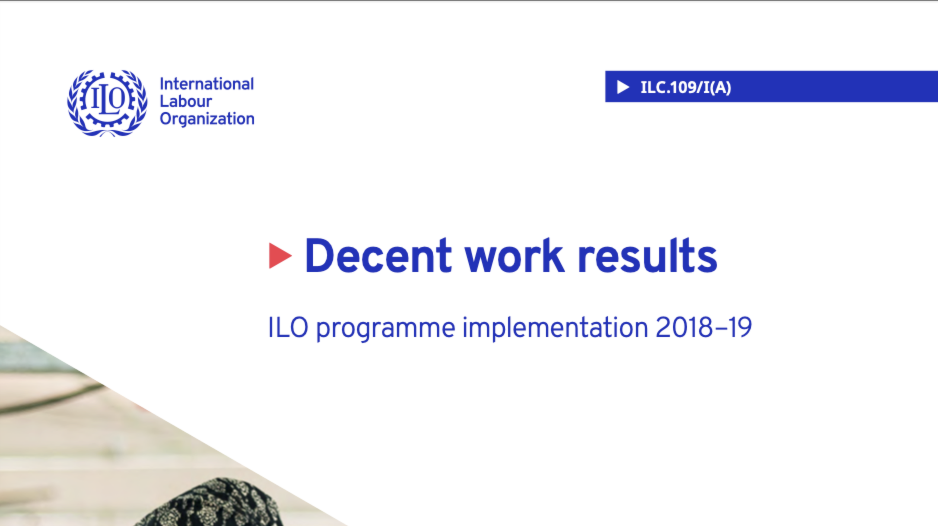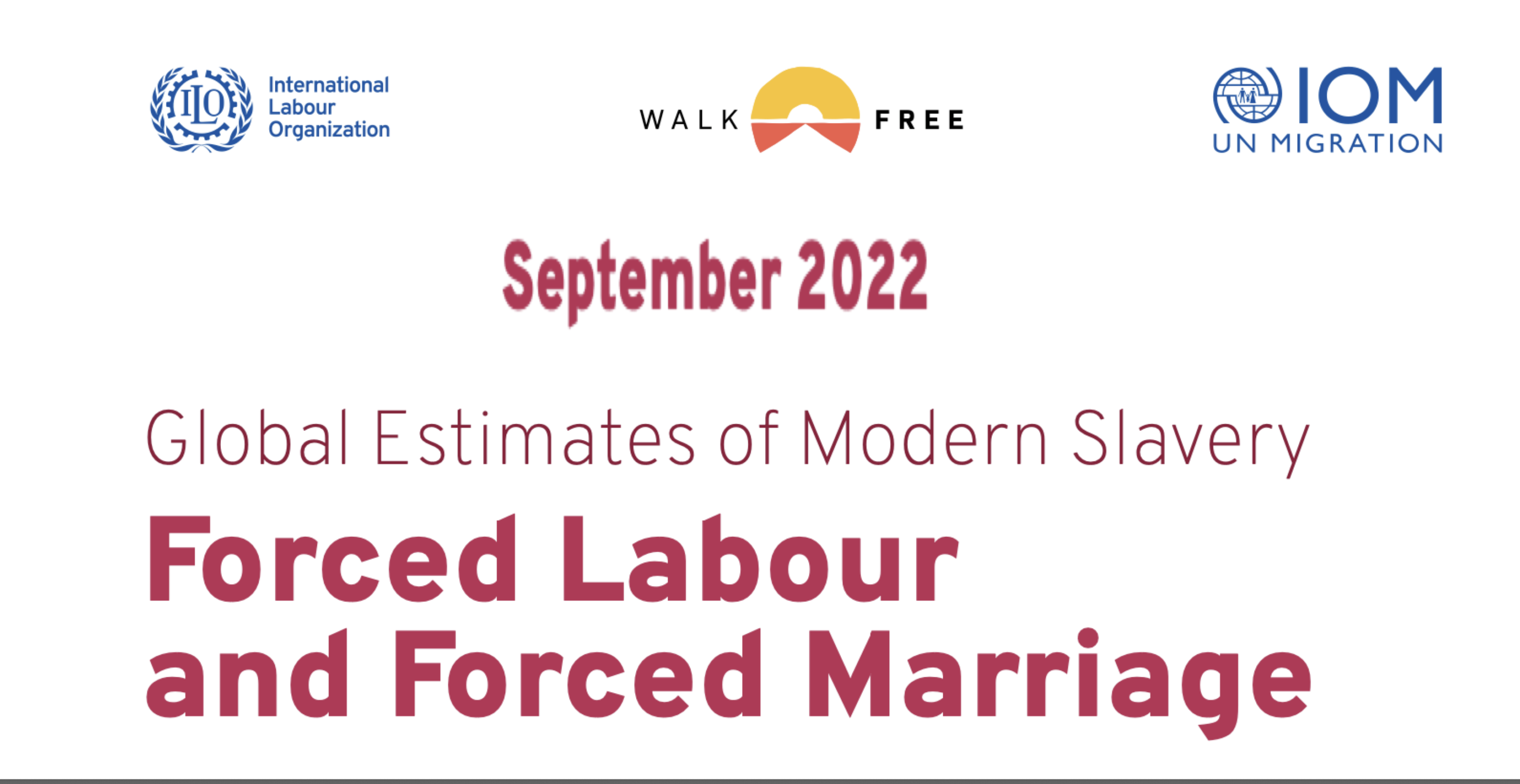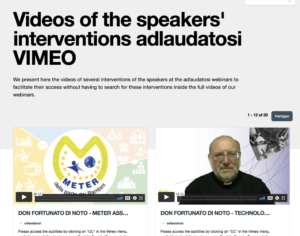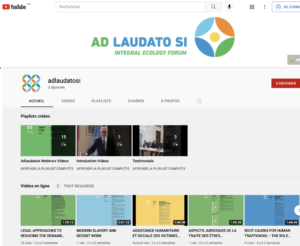http://www.ilo.org/global/about-the-ilo/how-the-ilo-works/WCMS_495278/lang–en/index.htm
ILO’s Global Action for Prevention on Occupational Safety and Health (OSH GAP) Programme seeks to foster the creation of a global culture of prevention, with the objective of achieving real reductions in the incidence of work-related death, injury and disease.
Each year, 2.78 million workers die from work-related injury and disease

Each year, 2.78 million workers die from work-related injury and disease and 313 million workers suffer from non-fatal work-related injury and illness. Lost work days represent 4 per cent of the world’s GDP (ILO estimates ). Despite a growing consensus that investment in occupational safety and health (OSH) is key to achieving sustainable development, significant challenges remain, particularly in developing countries, including among others: 1) insufficient awareness and understanding of occupational hazards and risks; 2) lack of capacity necessary for prevention, compliance and enforcement related to OSH; 3) inadequate and inaccurate data on occupational fatalities, injuries and diseases; 4) and inadequate legislation, regulations and policies on OSH.
In addition to the above challenges, there are specific areas of concern that require attention including:
- Prevention of OSH hazards and risks in global supply chains (GSCs);
- OSH prevention in sectors such as agriculture and construction, which require focused attention due to their persistent and significant hazards and risks, their contribution to economic development both at national and global levels, and the share and composition of the workforce in these areas;
- Especially vulnerable groups, such as young workers who suffer work-related injury at a much higher rate than older workers.
In order to address these challenges, the ILO, through its Flagship Programme OSH — Global Action for Prevention (OSH GAP), seeks to foster the creation of a global culture of prevention, with the objective of achieving real reductions in the incidence of work-related death, injury and disease. The Programme seeks to achieve this overall objective by:
- Promoting demand for safe and healthy workplaces;
- Strengthening national capacities to address OSH issues in order to ensure the sustainability of interventions;
- Building knowledge through the development of OSH indicators that drive preventive action, methodologies for collecting OSH data, and the undertaking of research to better understand the challenges to effective OSH prevention and potential drivers, notably in Global Supply Chains (GSCs);
- Forging strategic partnerships and supporting OSH professionals, institutions and networks at national, regional and global levels.
The OSH GAP Programme focuses on small and medium sized enterprises in the construction and agriculture sectors and is initially targeting young workers aged 15–24, operating in vulnerable conditions. Through these interventions, the OSH GAP Flagship Programme also seeks to make a significant contribution to the 2030 Sustainable Development Agenda and in particular to Goal 8 on decent work and economic growth. The programme’s work will similarly underpin progress on Goal 3 , on good health and well-being.
Core projects under the OSH GAP flagship programme
- “SafeYouth@Work ”, to improve the health and safety of young workers, funded by the United States Department of Labor;
- “Modernizing international networking in occupational safety and health knowledge and information ”, supporting international, regional and national networks active in the area of OSH, funded by the Ministry of Labour of Korea; and,
- “OSH in Global Supply Chains ” – A joint ILO-EU project to improve the knowledge base and safety and health in global supply chains, supporting G20 work on safer workplaces, improving knowledge of OSH issues in global supply chains and value chains. The project is funded by the European Commission.
- “Youth4OSH “, a project funded by the USCIB Foundation aiming to Support the health and safety of young workers and employers in Global Supply Chains of South East Asia.
- “Enhancing Occupational Safety and Health Standards in Construction Sector in Cambodia “, a project funded by the Government of Japan and aimed at addressing OSH hazards in hazardous industries in Cambodia.

























